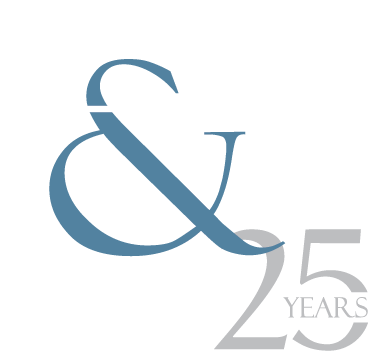Successive Carrier Liability
It is not uncommon in a workers’ compensation claim for an injured worker to sustain a second work injury to the same body part. When the subsequent injury involves a new employer, or the original employer has changed workers’ compensation insurers, issues of liability may arise. More specifically, under what circumstances does liability for the claimant’s compensation shift to the successive insurer?
In Delaware, the Industrial Accident Board (“Board”) employs a two-prong test to determine liability. The first factor is whether or not the claimant sustained a new injury or aggravation as opposed to a mere recurrence of symptoms. An increase of symptomatology is not sufficient to shift liability onto a successive insurer. The second factor is whether or not the claimant was involved in an “untoward event.” An untoward event is defined as an accident or incident beyond routine work activities (i.e., a lifting incident versus a slip and fall). In the event the original accident is barred by the statute of limitations, this standard of review will not apply and the Board will consider the original injury to be a preexisting condition.
In Greenville Country Club v. Greenville Country Club, 150 A.3d 1194 (2016), the Supreme Court of Delaware considered whether the Board correctly applied the rule for determining the liability of an initial versus successive workers’ compensation insurer. The claimant, Jordan Rash, suffered two lumbar spine injuries in the course of his employment with Greenville County Club. Mr. Rash’s first injury occurred in 2009, while his employer was insured by Guard Insurance Group (“Guard”). Mr. Rash’s second lumbar injury occurred in 2012, at which point his employer was insured by Technology Insurance (“Technology”). Both injuries, which were each the result of slip and fall accidents, were accepted by the respective insurance carrier at the time.
In 2014, Mr. Rash filed petitions with the Board against both insurers for payment of a lumbar spine surgery and total disability benefits. Mr. Rash contended his medical condition was caused by the 2009 injury, the 2012 injury, or both. Following a hearing, the Board determined that Mr. Rash had suffered a recurrence of his 2009 injury as opposed to an aggravation of his 2012 injury. As such, the Board found Guard, the initial insurer, wholly responsible for Mr. Rash’s medical treatment and additional compensation even after the 2012 accident.
On appeal, Guard alleged the Board had erroneously applied the successive carrier standard of review. Guard argued that the burden of liability for Claimant’s lumbar spine condition, shifted wholly to Technology, when Technology accepted the 2012 injury as a new injury. The Court rejected Guard’s argument, holding that a successive insurer is not strictly liable for a claimant’s condition that comes about after a second accident. R ather, the successive carrier’s liability depends upon whether or not a subsequent work accident is causally related to a claimant’s condition. Where Guard’s argument fell short, according to the Court, was failing to take into account the requirement to prove the causal relationship between Mr. Rash’s 2012 accident and his later condition. The Court affirmed the Board’s decision, finding there was substantial evidence to support that Mr. Rash’s condition was caused by the 2009 injury and that Guard had failed to meet its burden of proving that it was caused by the 2012 accident.
As Greenville County Club makes clear, a successive insurance carrier’s acceptance of a second injury does not necessarily impute liability upon that insurer where there is an initial insurer responsible for a first injury.




